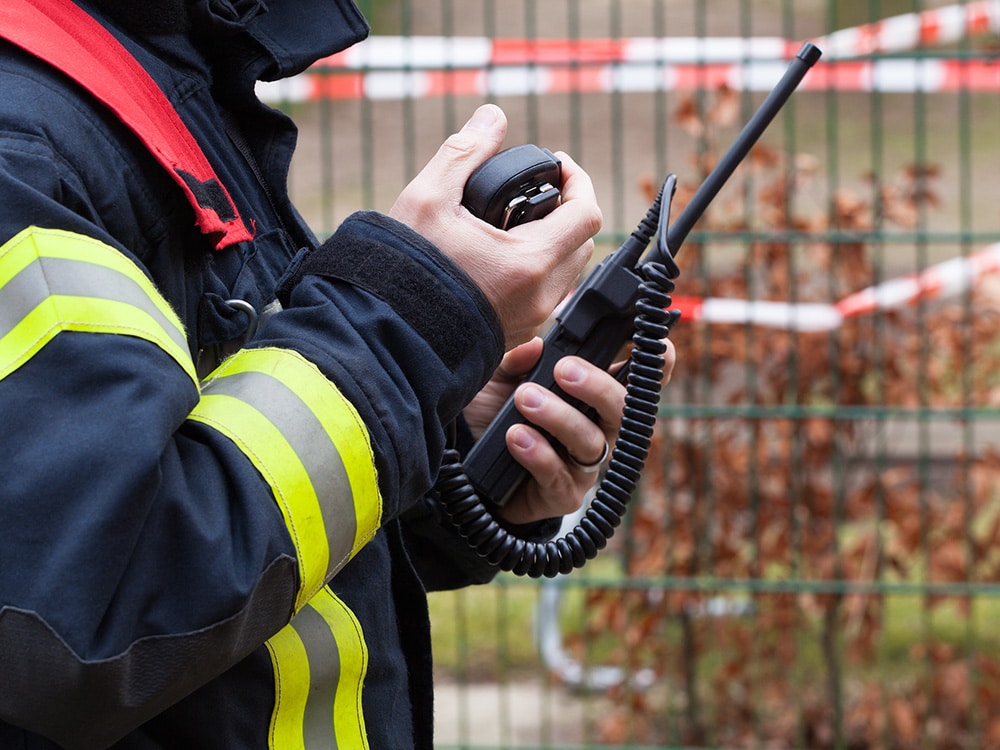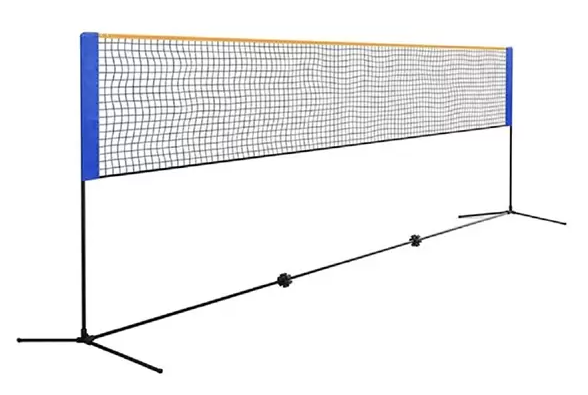Mastering the Art of Radio Communication: A Comprehensive Guide

In today's interconnected world, radio communication remains a vital tool for various industries and sectors. Whether it's emergency services, aviation, maritime, or even amateur radio enthusiasts, understanding how to effectively utilize radio communication is essential. This comprehensive guide will delve into the intricacies of radio communication, providing valuable insights and practical tips for optimizing communication efficiency.
- Understanding Radio Waves and Frequencies:
To grasp the fundamentals of radio communication, one must first comprehend the concept of radio waves and frequencies. Radio waves are electromagnetic waves that carry signals through the air. Different frequencies are allocated for specific purposes, such as AM and FM radio, television broadcasting, and various communication services. Familiarizing oneself with frequency bands and their applications is crucial for efficient radio communication. - Choosing the Right Equipment:
Selecting the appropriate radio equipment is vital for clear and reliable communication. Factors to consider include frequency range, power output, modulation types, and antenna options. Different industries have specific requirements, so understanding the equipment specifications and their compatibility with the intended use is essential. Additionally, staying updated with the latest advancements in radio technology can enhance communication capabilities. - Establishing Effective Communication Protocols:
Effective communication protocols are the backbone of successful radio communication. Establishing clear procedures, such as using standardized language (e.g., phonetic alphabet), adhering to specific call signs, and employing proper etiquette, ensures efficient and accurate information exchange. Additionally, implementing protocols for emergency situations, channel allocation, and frequency coordination enhances overall communication effectiveness. - Enhancing Signal Quality and Range:
Optimizing signal quality and range is crucial, especially in scenarios where long-distance communication is required. Factors such as antenna height, line-of-sight obstructions, atmospheric conditions, and interference sources can significantly impact signal strength. Understanding techniques like antenna positioning, signal amplification, and interference mitigation can help maximize communication range and minimize signal degradation. - Maintaining Security and Privacy:
In an era where information security is paramount, ensuring secure radio communication is of utmost importance. Employing encryption techniques, frequency hopping, and secure protocols can safeguard sensitive information from unauthorized access. Additionally, implementing proper authentication procedures and regularly updating equipment firmware and software help mitigate potential security risks. - Training and Licensing:
To operate radio equipment legally and proficiently, obtaining the necessary licenses and certifications is essential. Different countries have specific regulations and requirements for radio operators, including knowledge of radio laws, operating procedures, and emergency protocols. Investing in comprehensive training programs and staying updated with regulatory changes ensures compliance and proficiency in radio communication.
Conclusion:
Mastering the art of radio communication requires a combination of technical knowledge, practical skills, and adherence to established protocols. By understanding the principles of radio waves, selecting suitable equipment, establishing effective communication protocols, optimizing signal quality, ensuring security, and obtaining proper training and licensing, individuals and organizations can harness the full potential of radio communication. Embracing these practices will undoubtedly enhance communication efficiency and contribute to safer and more effective operations across various industries.


